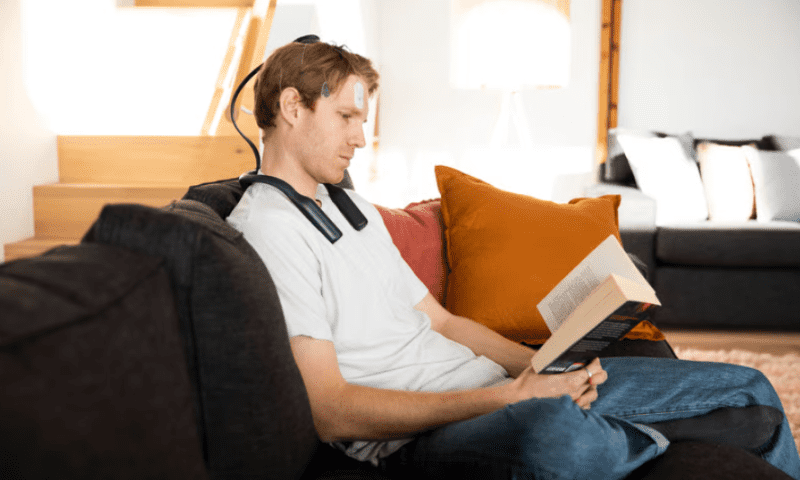It doesn’t take a soothsayer to see what’s on the horizon for Seer Medical.
Thanks to a recently bestowed FDA clearance, the Australian startup is now preparing to begin the U.S. launch of its epilepsy diagnostic monitoring technology, it announced Monday.
The regulatory decision was based on the successful results of a stateside clinical trial that was completed at the Mayo Clinic. Seer was given a further boost by the medical center earlier this year when it was tapped to join the inaugural class of Mayo’s Platform_Accelerate program, designed to offer regulatory, clinical and business development support to artificial-intelligence-focused startups.
With the green light to begin rolling out its Seer Home system in the U.S., the company said it’s now working on forging partnerships with hospitals and other healthcare providers to begin chipping away at the country’s pile-up of potential epilepsy patients who are waiting for a long-term monitoring option to confirm the diagnosis.
Seer Home combines a wearable device and monitoring hub to track the health of people suspected of having epilepsy for up to a week at a time, all done in the comfort of their own homes.
The first of the components, the Seer Sense device, features a series of electrodes that are attached to the chest and forehead, kept in place by wearable pieces that rest across the shoulders and at the crown of the head, respectively. The electrodes capture both electroencephalograph (EEG) readings of brain activity and electrocardiogram (ECG) readings from the heart.
Those data are automatically wirelessly transmitted to the connected hub. Beyond simply compiling the EEG and ECG readings, however, the hub is also equipped with cameras to monitor the patients, with footage of their body movements synced to the electrode data to provide doctors with additional context about their conditions. Seer’s artificial intelligence algorithms are also able to parse through the data, looking for signs of epilepsy and potential triggers of the condition.
After the weeklong monitoring period, the Seer Home equipment is returned to the company, which then dispatches a physician to review the collected information—and the AI algorithms’ conclusions—and compile it all into an annotated report that can be sent to each patient’s healthcare team to help in making an epilepsy diagnosis.
The company’s ultimate aim is to improve diagnostic accuracy for the condition: Though it affects more than 65 million people around the world, about one-third of diagnoses are incorrect. It’s also difficult to treat, with another third of epilepsy diagnoses comprising cases that are resistant to currently available medication regimens.
“Seer’s wireless EEG monitoring system and AI-enabled review platform have potential to help people with epilepsy or other episodic events access the care they need more quickly and with less disruption to their personal lives,” said Ben Brinkmann, Ph.D., an associate professor of neurology at the Mayo Clinic. “This technology may be especially impactful in underserved areas with limited access to neurological healthcare resources.”

